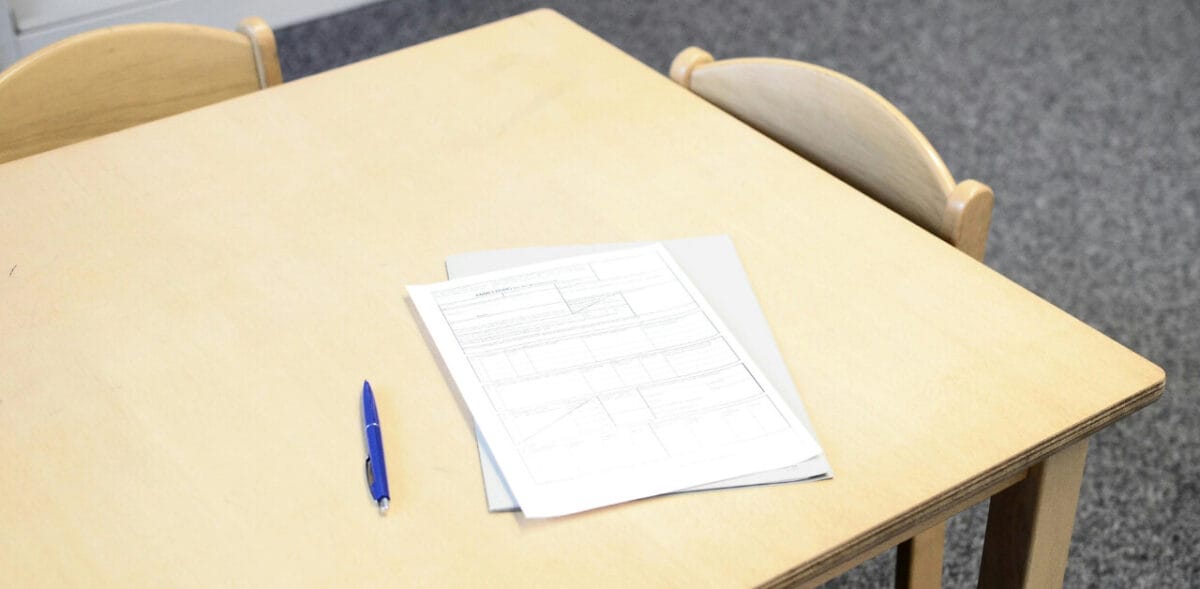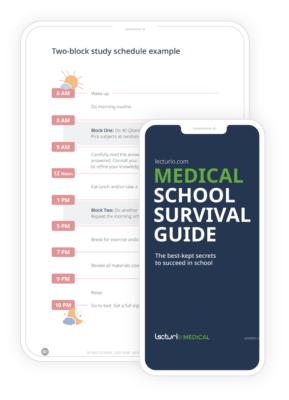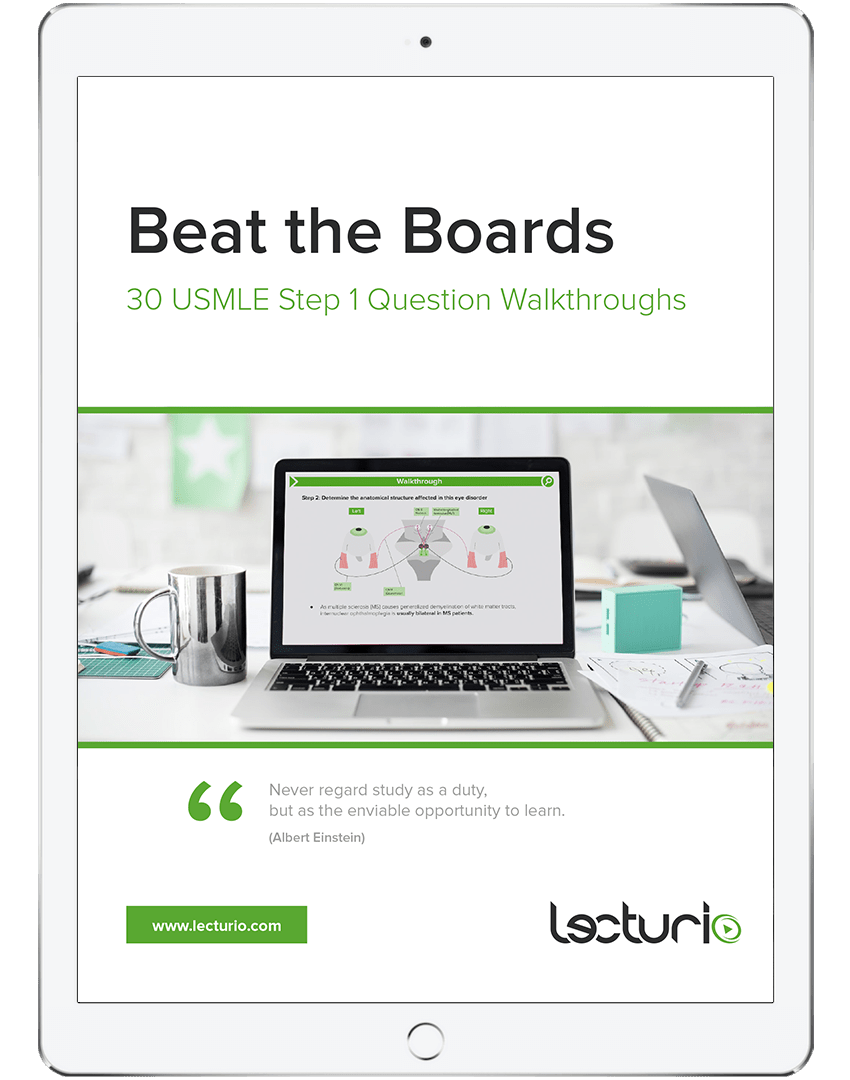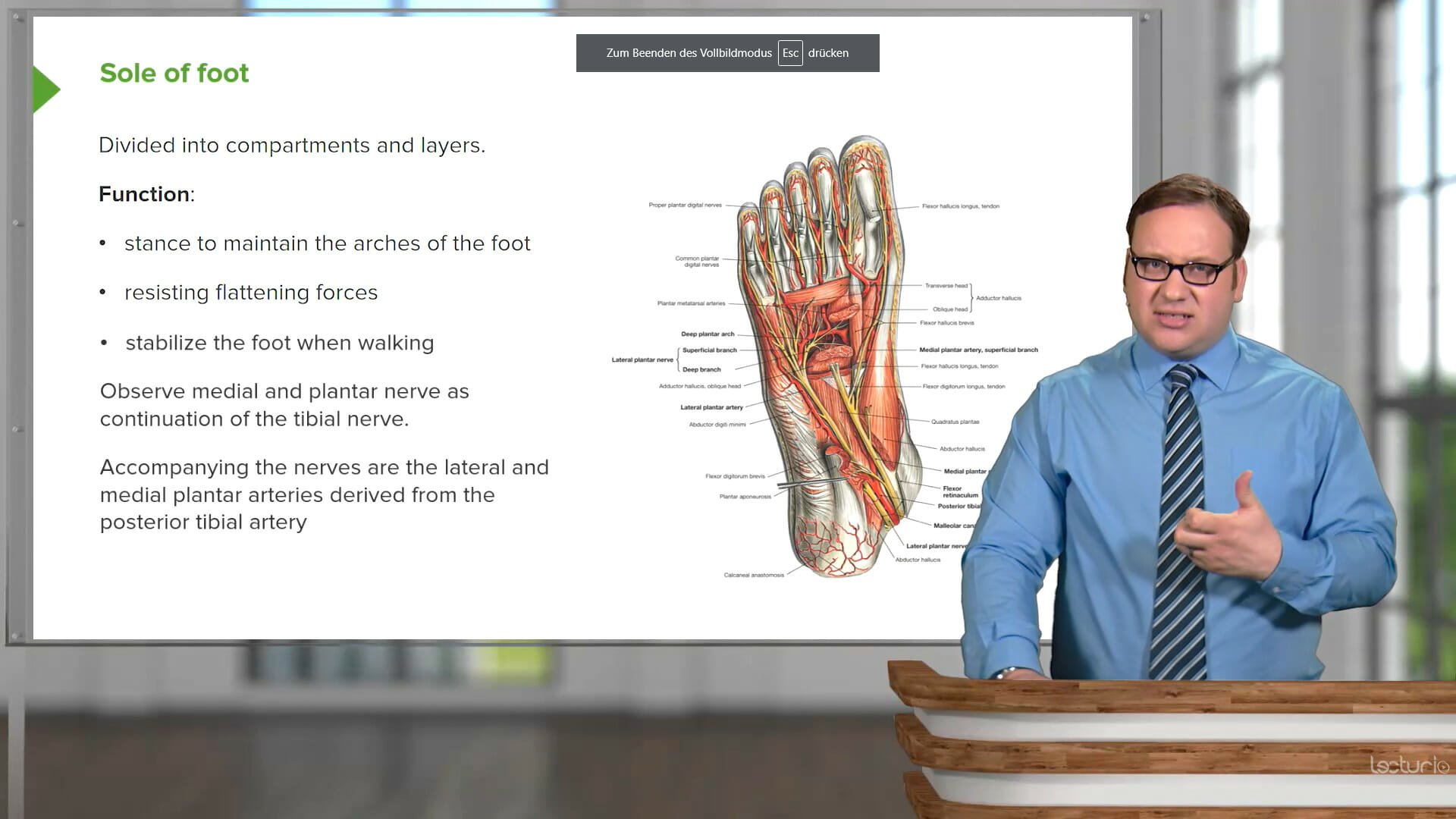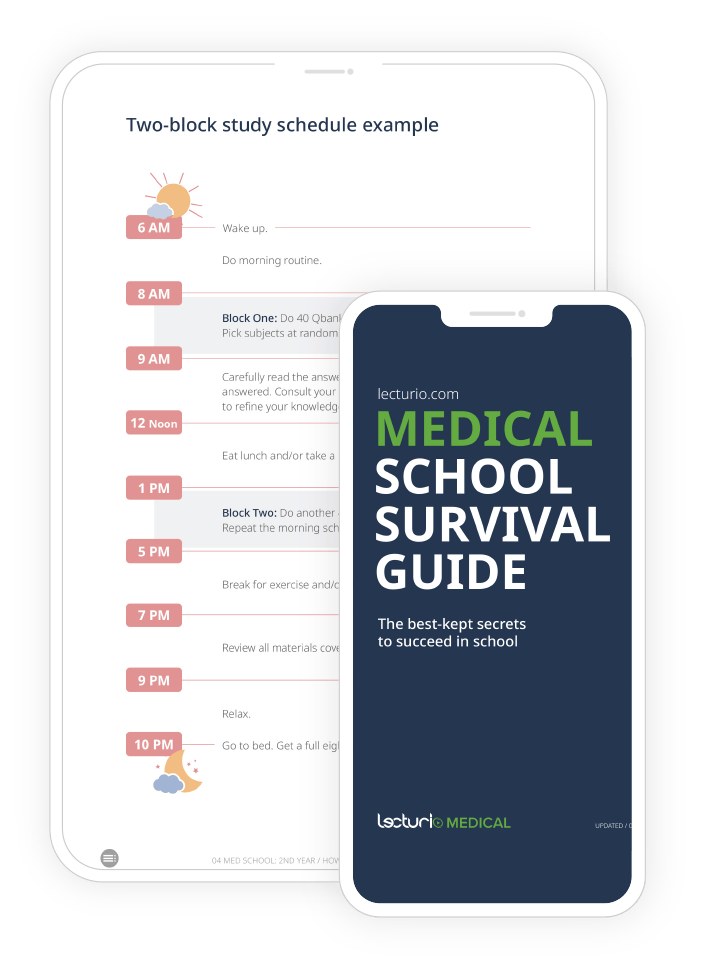For every osteopathic medical student, the question arises sooner or later: “Should I take the USMLE?”. You’re already on the hook for the COMLEX-USA series, the essential exam for your DO licensure. Yet, the pressure to also take the United States Medical Licensing Examination (USMLE) is a common and stressful part of the journey.
This isn’t a simple question of which exam is harder; it’s a strategic decision that can impact your residency applications and career path. This guide will provide a substantive breakdown of the key differences, the nuances of the residency application process, and the factors to consider, helping you make the most informed choice for your future.
The Philosophical Difference: More Than Just Test Content
While both are high-stakes exams designed to assess your ability to practice medicine, their approach reflects the distinct philosophies of osteopathic and allopathic medicine.
The COMLEX-USA is the required licensing examination series for osteopathic physicians (DOs). Its philosophy is rooted in the osteopathic approach to patient care, emphasizing the whole person in a biopsychosocial context. This means it not only tests your medical knowledge but also assesses your understanding of osteopathic principles and practice (OPP), patient safety, and healthcare ethics.
The USMLE, in contrast, is the licensing exam required for allopathic physicians (MDs). Its philosophy is heavily focused on the mechanisms of disease, pathophysiology, and the application of biomedical science to clinical scenarios.
Studying medicine has never been easier.
Set yourself up for success with Lecturio.
The Residency Application Dilemma: Navigating Program Perceptions
The core of the “COMLEX vs. USMLE” debate for DO students is residency placement. With the single GME accreditation system, most residency programs welcome DO applicants. However, perceptions and practices can still vary significantly.
- “DO-Friendly” and Primary Care Programs: Many programs, especially those with a history of training DOs and those in primary care fields (like Family Medicine, Internal Medicine, and Pediatrics), are fully accustomed to the COMLEX and view it as an equivalent measure of competency.
- Historically Allopathic or Competitive Programs: Some university-based programs or those in highly competitive specialties (e.g., dermatology, neurosurgery, orthopedic surgery) may have a historical preference for the USMLE. This is often not an issue of bias, but one of familiarity; their faculty and historical applicants have primarily taken the USMLE, making it their benchmark. A strong USMLE score can act as a familiar data point for these programs.
A Head-to-Head Comparison: Difficulty, Scores, and Format
Deciding whether to take both exams requires a deep understanding of how they measure your knowledge and skills.
COMLEX vs. USMLE Difficulty: A Matter of Perspective
It is often debated which exam is harder, but the truth is they test different skills and present unique challenges.
- COMLEX Challenges: The COMLEX is often described as broader in scope. It requires not only a deep medical knowledge base but also an understanding of osteopathic principles. The clinical vignettes can be long, with extraneous patient details included to test your ability to sift through information like a real clinician. The question style often feels more ambiguous, requiring strong clinical judgment to select the best possible answer among several plausible options.
- USMLE Challenges: The USMLE is known for its intense depth and detail. It challenges your ability to recall minute details about pathology and pharmacology. The hallmark of the USMLE is the multi-step reasoning question that requires you to connect foundational science concepts across multiple disciplines to arrive at the correct answer. The scoring pool is also extremely competitive.
COMLEX vs. USMLE Scores: Why You Can’t “Convert” Them
Both Level 1 and Step 1 are Pass/Fail exams. For Level 2 and Step 2, both provide a three-digit score, but the scales are different and there is no official conversion formula. This is because the scores are “norm-referenced,” meaning your score is relative to how others in the testing pool performed. The COMLEX is normed against osteopathic students, while the USMLE is normed against a different pool that includes all U.S. MD students and thousands of IMGs. Because the populations are different, the scores are not directly comparable.
Exam Format Breakdown
| Feature | COMLEX Level 1 | USMLE Step 1 | COMLEX Level 2-CE | USMLE Step 2 |
| Total Questions | 352 | 280 | 352 | Approx. 318 |
| Test Length | 8 hours | 8 hours | 8.5 hours | 9 hours |
| Structure | Two 4-hour sessions | Seven 1-hour blocks | Two 4-hour sessions | Eight 1-hour blocks |
The Ultimate Question: Is Taking Both Worth It for You?
This is a personal cost-benefit analysis. Before deciding, ask yourself these critical questions:
- What specialties am I aiming for? Research your desired specialties to see if having a USMLE score provides a tangible advantage.
- What is my academic standing? Are my COMLEX practice scores high, and is the rest of my application (grades, research, letters) strong?
- Do I have the resources? Taking a second exam requires a significant investment in exam fees, prep materials, and hundreds of additional study hours.
- What do my dream programs want? Look at the application requirements and resident profiles for your top 5-10 residency programs. Do their current DO residents have USMLE scores?
How to Prepare for Both Without Burning Out
Deciding to take on both the COMLEX and USMLE is a monumental commitment. The key to success isn’t simply doubling your study hours—that’s a direct path to burnout. The only sustainable approach is to study smarter, not just harder, by using integrated resources that build a core foundation of knowledge and then allow you to practice for each exam’s specific demands.
This is where an efficient, unified study platform becomes your most critical asset. Instead of juggling separate resources for each exam, you can master a concept once and apply it to both. Lecturio’s extensive platform for medical students is designed precisely for this integrated approach, allowing you to build a single, powerful study plan that saves you valuable time and reduces the stress of dual preparation.
Here’s how you can strategically use the platform to conquer both exams:
- Master the Core Sciences for the USMLE: Begin by building a rock-solid foundation with Lecturio’s USMLE Step 1 course, featuring high-yield videos and learning aids. Then, solidify your knowledge and master the exam’s unique question style with thousands of practice questions in the dedicated Step 1 Qbank. As you move into your clinical years, the USMLE Step 2 course will help you apply that knowledge to complex clinical vignettes.
- Adapt Your Knowledge for the COMLEX: With your core knowledge established, you can then focus on the unique aspects of the COMLEX. Lecturio’s dedicated courses for COMLEX Level 1 and COMLEX Level 2 help you shift your mindset to the osteopathic approach. The question banks included with these courses feature COMLEX-style questions that train you to handle the broader clinical scenarios and a different style of clinical reasoning.
This integrated method ensures you are not learning the same material twice. Instead, you are learning it once, deeply, and then mastering the two different ways it will be tested, giving you the confidence and efficiency needed to excel on both exam days.
Conclusion: Make an Informed Choice for Your Future
Ultimately, the decision to take the USMLE in addition to the COMLEX is a personal, strategic one. There is no single right answer for every DO student. Research your desired programs, speak with mentors and residents in your field of interest, and honestly assess your own goals and capacity. By understanding the key differences and weighing the costs against the potential benefits, you can make a confident choice that best serves your medical career.
